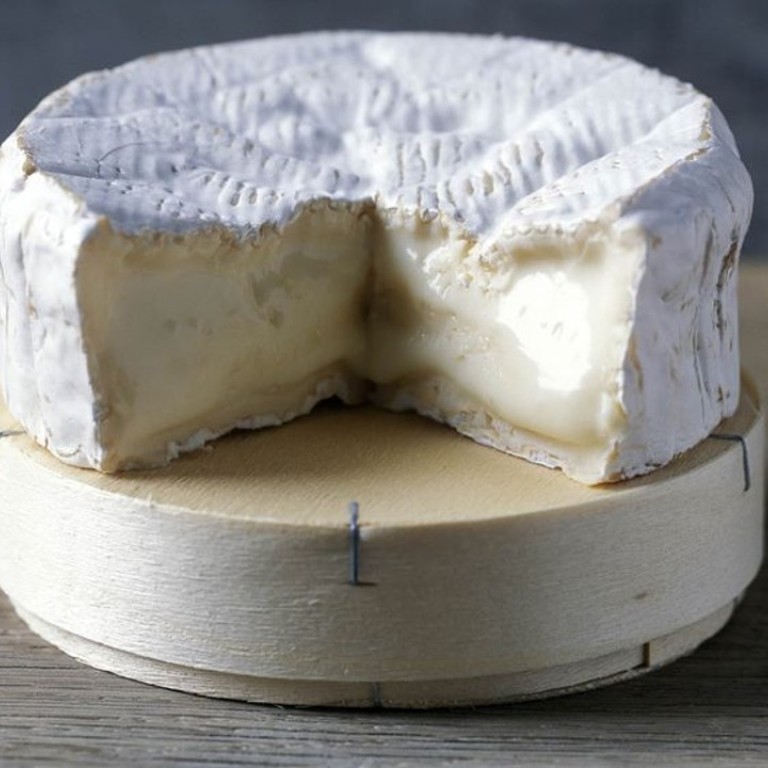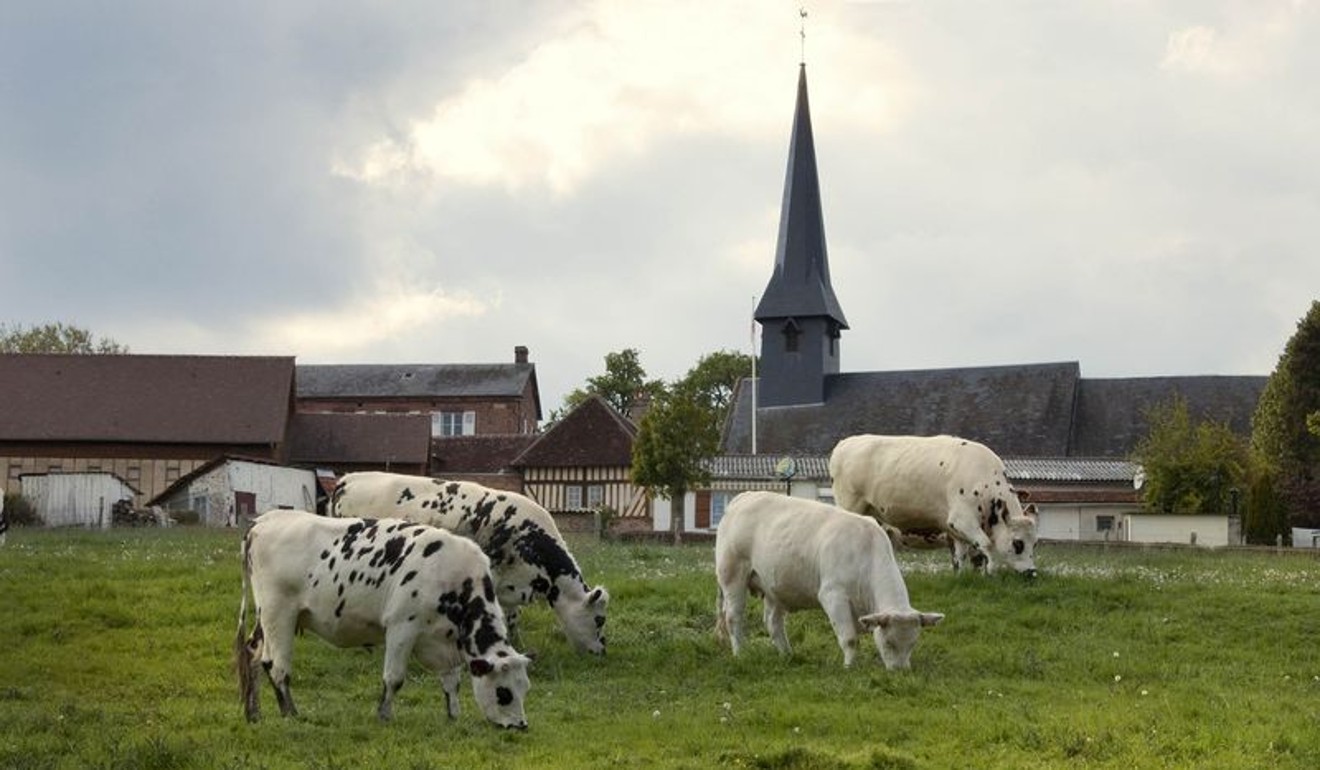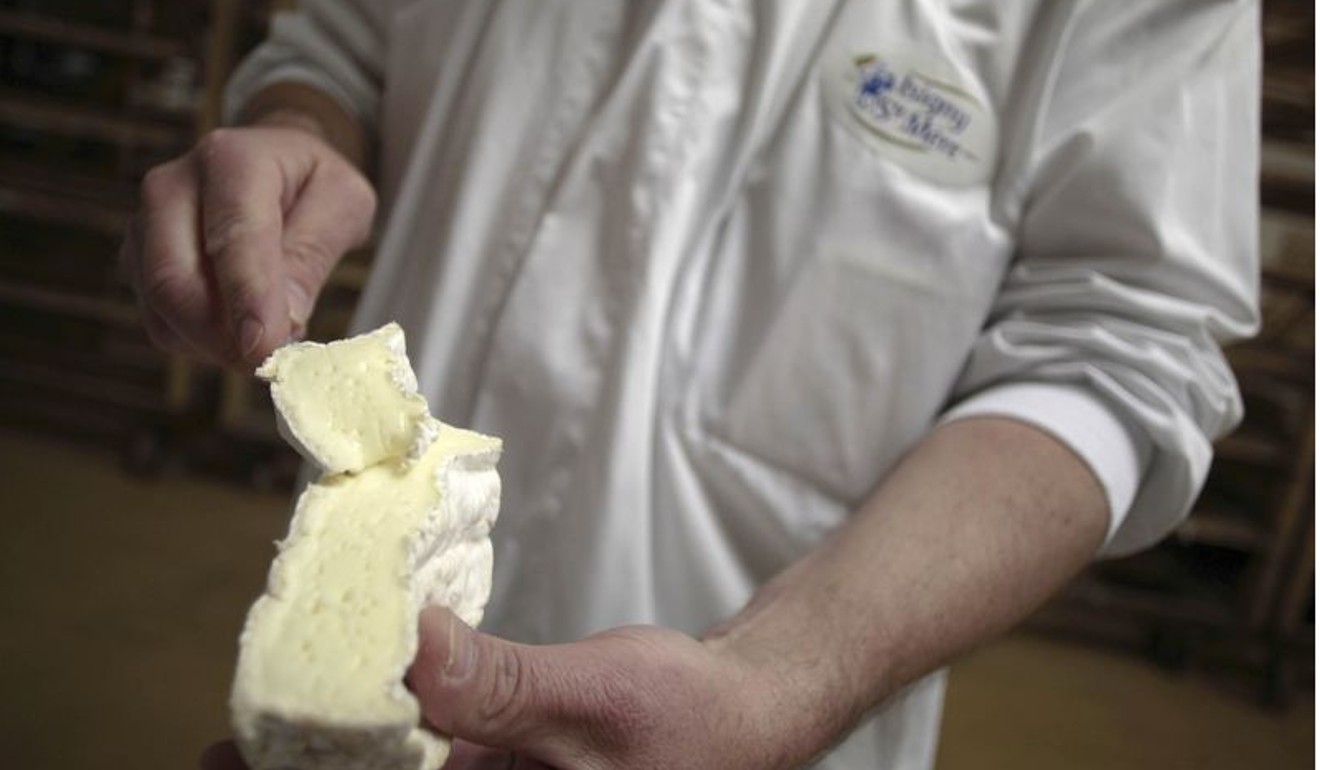Why Camembert, one of the world’s great cheeses, might soon be extinct

On the face of it, Camembert doesn’t seem like an endangered species.
In fact, the soft-ripened cheese seems like the opposite: Three hundred and sixty million wheels are produced annually in France. It’s ubiquitous in the US with the cheese and crackers set, and the second-most-popular fromage sold in French markets. Trader Joe’s even hawks “Camembert Cheeese & Cranberry Sauce Fillo Bites” (the three e’s in cheese are purposeful). But if you’re a connoisseur of the cheese spelled with just two e’s, then you’re looking for a wheel made to the exacting specifications that allow it to be stamped PDO—the French label that signifies provenance from a specific region in France, made in an historically accurate way. That cheese is called Camembert de Normandie, and its increasing scarcity means we’re keeping our eyes glued to its curd. You should, too.

Like its even better-known relative, Brie, Camembert is a soft cheese. When you see it on a fancy cheese platter, you’ll recognise its thick, creamy centre. If your party hosts have left it out long enough, it will be squeezable. (Brie, on the other hand, will be runny.) The rind, which you must eat, should appear to have a little brown mottling. Too brilliantly white and you’re eating an industrial version. (Of course, too much brown and it’s past its prime.) Cheese experts get a bit swoony when you bring up Camembert and the descriptors are as funky as the culture: “mushroom,” “butter,” “cream,” “truffle,” and “stewed cabbage.” Believe it or not, stewed cabbage is a good thing.
A PDO Camembert de Normandie must be made with unfiltered raw milk with a fat content of at least 38 per cent that comes from cows from France’s northern Normandy province, fed under strict conditions—grass and hay from local pastures. The milk must be hand-ladled in four or more layers into specific moulds. Milk is transported no farther than the distance that cows can slowly dawdle in search of a fresh blade of grass.
If this is the cheese you’re seeking, particularly outside of France, then good luck. Today, only four per cent of the 360 million wheels produced annually—just a little over one per cent—are the real deal, and, as small farms are scooped up by the big guys, the number is rapidly dwindling.

Today you can count on just a few fingers the the farmstead operators (cheesemakers who also tend to the animals that supply the milk) who are making Camembert to the exacting nature of the PDO stamp. A decade ago, that number was greater. All three—La Ferme du Champsecret, Domaine de Saint Loup, and Fromagerie Durand—are in Normandy. They are the gold standard of Camembert. And they exist for as long as the fickle laws governing raw milk cheese sales allow them to.
Why aren’t there more small, farmstead Camembert makers? Because in 2007 there was a cheese war. Several large-scale Camembert producers (names some people might recognise: Lactalis and Isigny-Sainte-Mere) pushed to cut corners. They went to court to change the rules. Instead of raw milk, they asked, could they use pasteurised milk? Pasteurised cheese is cheaper to make because producers can use multiple milk sources and make the cheese in larger batches, creating a cheese with less variability that’s easier to handle. Small producers, who wanted to stick to the old way, wound up on the opposite side of the battle.
After a year long “Camembert war,” the small guy came out on top: The French government ruled that only raw milk could be used for an official PDO Camembert. The bigger producers dropped out of the true Camembert race. They still make a version, but it’s a poor substitute—the kind with the impenetrable rind and soft, rubbery plastic centre. This cheese is Camembert fabrique en Normandie , which isn’t the same thing.

Do we really care whether it’s raw milk or pasteurised? Yes and no. Industrial cheese isn’t just cheaper to make, it’s cheaper to buy. (There are also industrial versions of raw milk cheeses, but they too are uniform, without the variation between wheels that connoisseurs treasure.)
On the raw milk side, your cheese is all about your milk. When milk is heated, it loses all the lovely microorganisms that imbue cheese with a sense of place and unique funk. Raw milk cheesemakers live and breathe by the health of their animals, the quality of their grass, the care with which they ladle their milk. Industrial producers deliberately bulk and standardise the milk they use. “They are treating it as a blank canvas for cheesemaking rather than trying to reveal its potential,” says Francis Percival, co-author of Reinventing the Wheel , a book on single-farm cheeses. Even Prince Charles has weighed in on the debate, advocating for the raw milk stuff at a 2015 climate conference.
Camembert is complicated if you live in the US Raw milk PDO Camembert isn’t imported domestically, not even through Amazon Prime. Since 1949, the FDA has regulated all raw milk cheeses. Anything aged less than 60 days—the length of time that the government agency reasons any harmful pathogens will be killed—can’t legally be exported into the US Because Camembert is aged for only half that time, typically one month, it’s blocked. Some people talk of a black market for cheese darlings like this, but other than smuggling it home in your suitcase, your best bet is to go the legal route and buy a pasteurised version in America.

Finding a cheese made like the original farmer did in 1791, the date when many say Camembert was created, is increasingly impossible, even in France. But Percival champions a solution in his book: “To help a rare breed survive, you have to eat it.“ So before it goes extinct, do your best to enjoy it back to life. If you live in the US, there are makers that can send you a wheel worthy of your baguette: Murray’s Cheese sells a pasteurised version under its own name, or you can try Bent River from Alemar Cheese Co. in Minnesota. And then, when you have the time and resources, head to France and find a truly authentic Camembert to devour.

It’s the second-most-popular cheese in France. But genuine Camembert might soon disappear